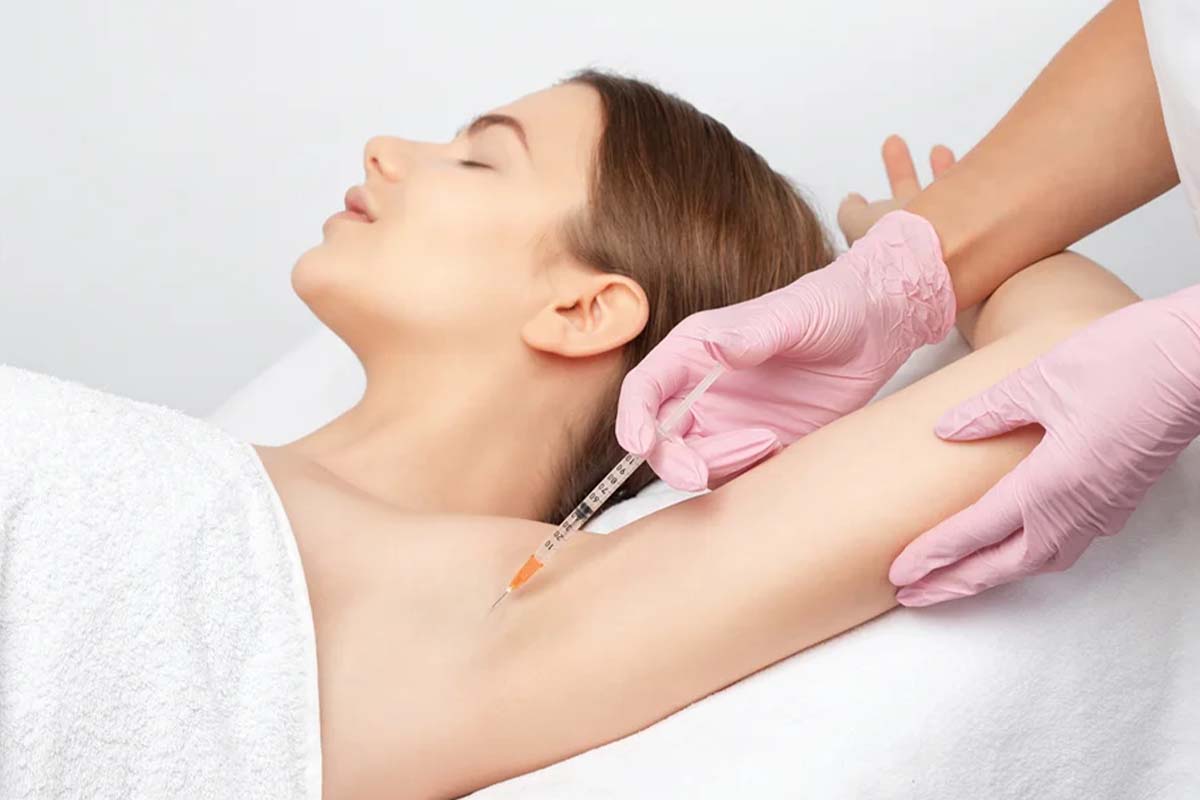Hyperhidrosis, commonly known as excessive sweating, is a condition that affects millions of people worldwide. While sweating is a natural body function that helps regulate temperature, individuals with hyperhidrosis experience sweating that is far beyond what is necessary. This can lead to significant discomfort, embarrassment, and social anxiety. Fortunately, Botox, widely known for its cosmetic uses, has emerged as an effective treatment for hyperhidrosis.
Understanding Hyperhidrosis
Hyperhidrosis can be classified into two main types: primary and secondary. Primary hyperhidrosis usually begins in childhood or adolescence and affects specific areas of the body, such as the underarms, palms, feet, and face. Secondary hyperhidrosis, on the other hand, is usually caused by an underlying medical condition or certain medications and can affect larger areas of the body.
The excessive sweating experienced in hyperhidrosis is often triggered by emotional stress, heat, or physical exertion. However, it can also occur spontaneously without any apparent cause. For those suffering from this condition, the impact on daily life can be profound, affecting personal relationships, professional life, and overall quality of life.
How Botox Works for Hyperhidrosis
Botox, or botulinum toxin type A, is a neurotoxin that temporarily paralyzes muscles by blocking the release of acetylcholine, a chemical responsible for activating sweat glands. When injected into the skin, Botox effectively reduces the activity of the sweat glands, thereby decreasing the amount of sweat produced.
The procedure involves a series of small injections directly into the area of excessive sweating. Commonly treated areas include the underarms, palms, soles of the feet, and forehead. The injections are usually administered by a trained healthcare professional in a clinic setting and take only about 10 to 30 minutes to complete, depending on the size of the treatment area.
Effectiveness and Duration of Results
Clinical studies have shown that Botox is highly effective in treating hyperhidrosis. In fact, many patients experience a reduction in sweating of up to 82-87% after just one treatment session. The effects of Botox typically begin to take effect within a few days of the injections, with full results appearing within one to two weeks.
The duration of the results can vary depending on the individual, but most people enjoy a significant reduction in sweating for six to nine months. After this period, the effects of Botox gradually wear off, and repeat treatments may be necessary to maintain the results.
Safety and Side Effects
Botox for hyperhidrosis is generally considered safe when administered by a qualified professional. The most common side effects are mild and include temporary pain, redness, or bruising at the injection site. Some patients may also experience muscle weakness in the treated area, particularly when treating the hands or feet, but this usually resolves on its own within a few weeks.
It’s important to note that while Botox is effective for treating hyperhidrosis, it is not a cure. The condition may persist or recur after the effects of the injections wear off, making ongoing treatment necessary for long-term management.
Is Botox Right for You?
If you suffer from hyperhidrosis and have not found relief from other treatments such as antiperspirants or medications, Botox may be a viable option. Before undergoing treatment, it is essential to consult with a healthcare provider who can assess your condition, discuss your treatment goals, and determine if Botox is the right solution for you.
In conclusion, Botox offers a promising solution for individuals struggling with hyperhidrosis. With its ability to significantly reduce excessive sweating, Botox can help improve comfort, confidence, and overall quality of life for those affected by this challenging condition.


